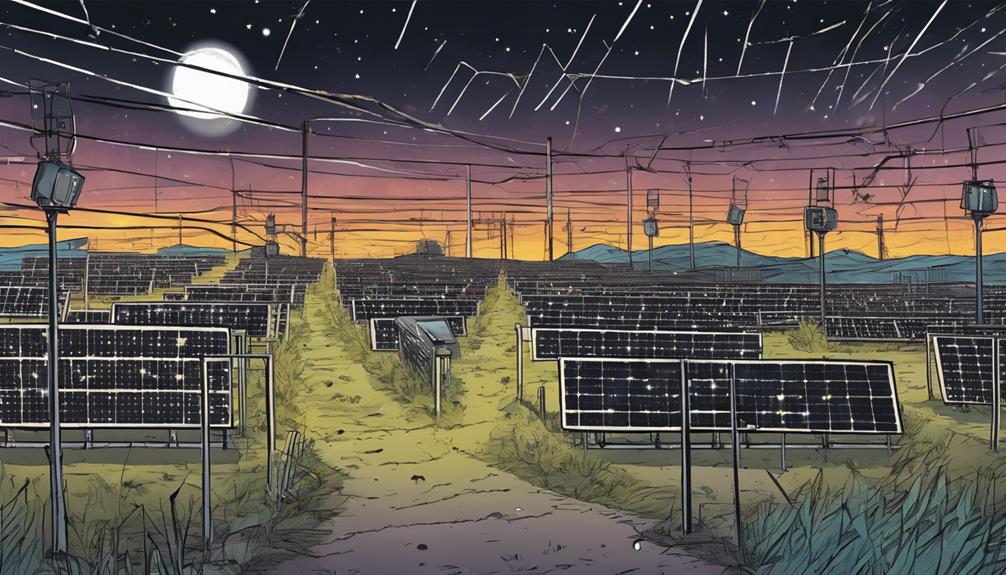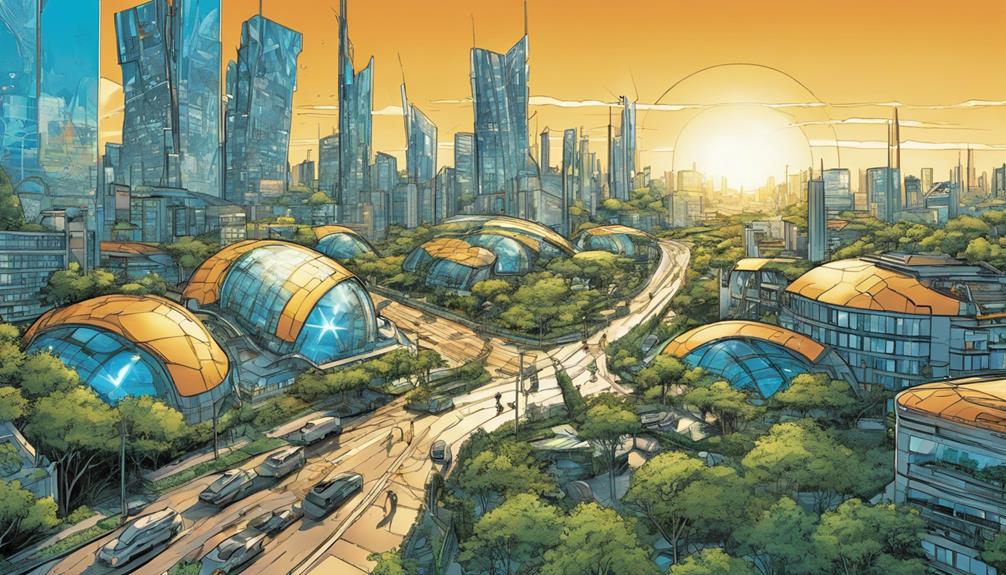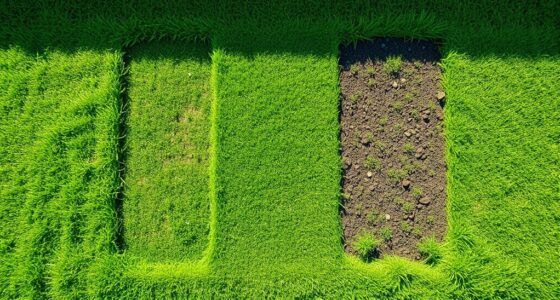Coal plays a vital role in wind turbine production, powering the manufacturing process despite its devastating environmental consequences. The extraction, transportation, and utilization of coal incur significant costs, leading to additional economic burdens. Environmental degradation and health impacts further exacerbate the issue. However, the wind energy industry is exploring alternative materials and energy sources to minimize its reliance on coal. Bio-based materials, recycled components, and wind-powered manufacturing processes are being developed to reduce the carbon footprint. As the industry continues to evolve, recognizing the environmental costs associated with coal usage and exploring sustainable solutions is imperative.
Key Takeaways
- Coal combustion releases massive amounts of carbon dioxide, a potent greenhouse gas, during wind turbine production.
- Extraction and transportation of coal for wind turbine production lead to devastating environmental consequences.
- Coal mining and transportation have negative social impacts on local communities and ecosystems during wind turbine production.
- Acknowledging environmental costs associated with coal usage in wind turbine production is crucial for sustainability.
- Exploring alternative materials and energy sources can minimize the carbon footprint in wind turbine production, reducing reliance on coal.
Environmental Impact of Coal
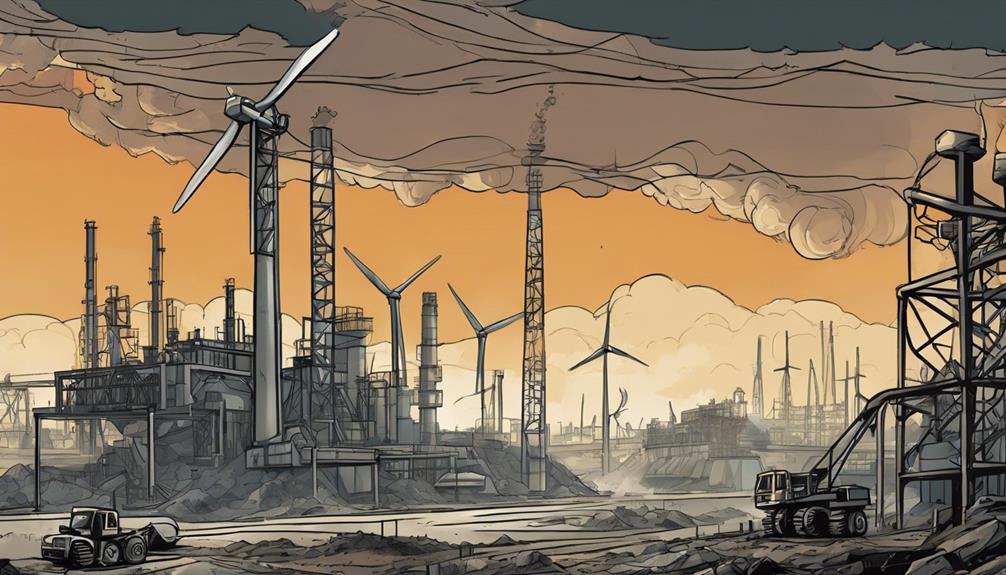
As the primary energy source driving the production of wind turbines, coal combustion releases massive amounts of carbon dioxide, a potent greenhouse gas, exacerbating climate change and underscoring the need for alternative materials and energy sources.
The extraction and transportation of coal also have devastating environmental consequences, including deforestation, water pollution, and air pollution. Moreover, coal mining and transportation have negative social impacts, affecting local communities and ecosystems.
It is important to acknowledge the environmental costs associated with coal usage in wind turbine production and work towards sustainable solutions. By exploring alternative materials and energy sources, the wind energy industry can minimize its carbon footprint and align with its purpose of generating clean energy.
Alternatives to Coal Usage
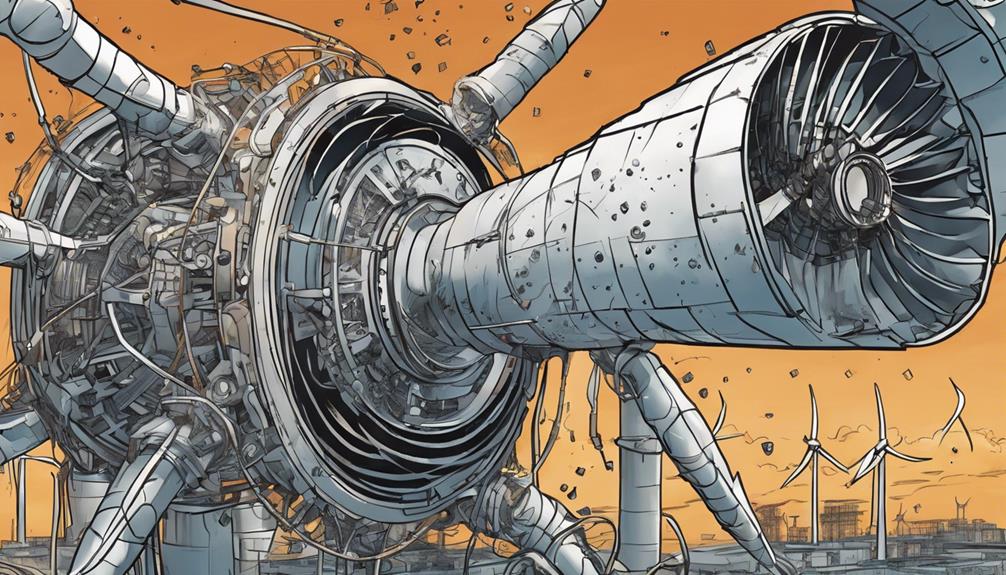
In order to mitigate the environmental impact of coal usage, the wind energy industry is increasingly exploring innovative alternatives, including bio-based materials, recycled components, and wind-powered manufacturing processes.
Bio-based materials like bamboo or hemp offer a sustainable substitute for traditional materials, reducing the carbon footprint of wind turbine production. Recycled materials, such as metals or plastics, decrease the energy required for extraction and processing.
Wind-powered manufacturing aligns with the purpose of wind turbine production, creating a closed-loop system. Additionally, lithium-ion batteries can guarantee a continuous and reliable power supply, reducing the reliance on coal-generated electricity.
Wind Turbine Blade Configuration
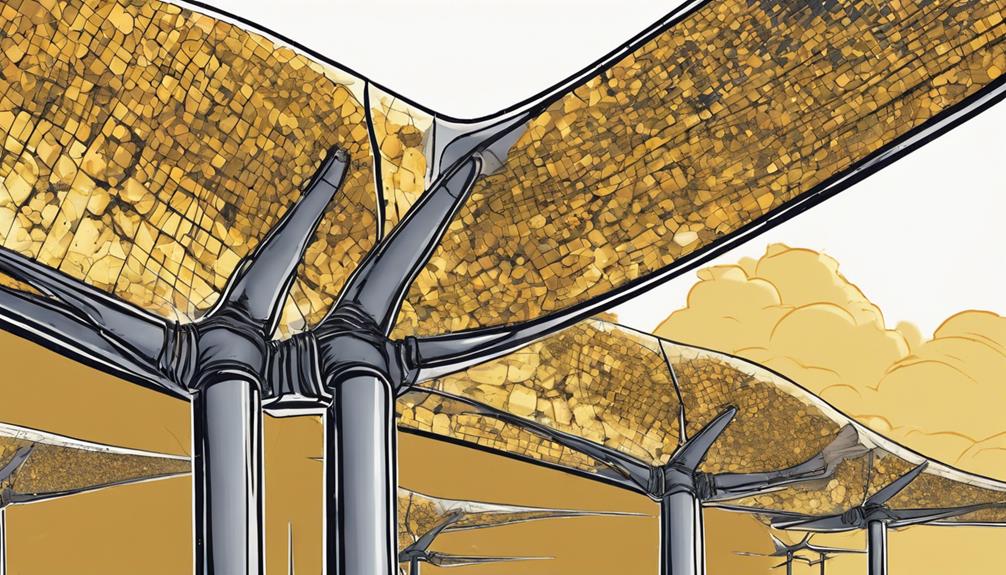
Wind turbine blade setup is a pivotal factor in determining the overall efficiency and effectiveness of wind turbines, as it directly impacts performance, energy production, material costs, drag forces, wind conditions, and budget constraints. The selection of blade setup depends on various environmental conditions, necessitating more blades in high winds for stability. Different blade setups offer unique advantages, and understanding these distinctions is essential for ideal wind turbine design.
| Blade Setup | Advantages |
|---|---|
| Two-Blade | Cost-efficient, effective in gentle winds |
| Three-Blade | Effective, noise reduction, energy generation |
| Four-Blade | Stability, cost-effectiveness, increased energy production |
| Five-Blade | Enhanced torque, resilience to strong gusts, sustainable energy |
| Multi-Blade | Tailored for specific wind conditions and project requirements |
Wind Energy Efficiency Designs
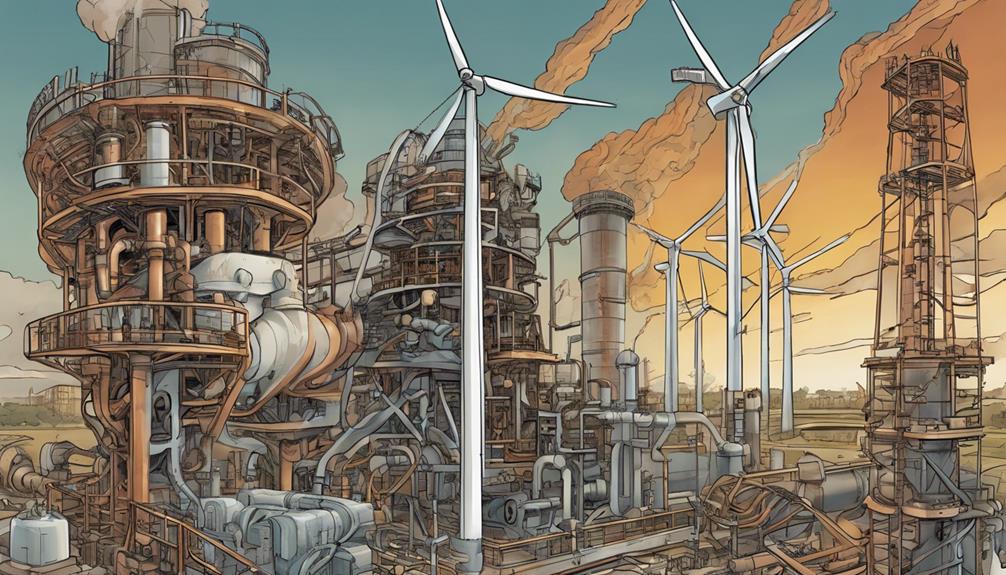
Optimizing wind turbine design is important to harnessing the full potential of wind energy, and subtle variations in blade configuration can greatly impact overall efficiency and performance.
Four-blade wind turbines offer stability, cost efficiency, and increased energy production.
Two-blade turbines are cost-effective and efficient in generating power, especially in low and variable wind speeds.
Three-blade turbines are popular for their efficiency, noise reduction abilities, and energy generation.
Five-blade turbines provide increased torque at lower speeds, better resistance against strong gusts, and contribute to sustainable energy production systems.
Each blade configuration has its unique advantages, and understanding these differences is essential to maximizing wind energy efficiency and reducing the industry's reliance on coal.
Economic Implications of Coal
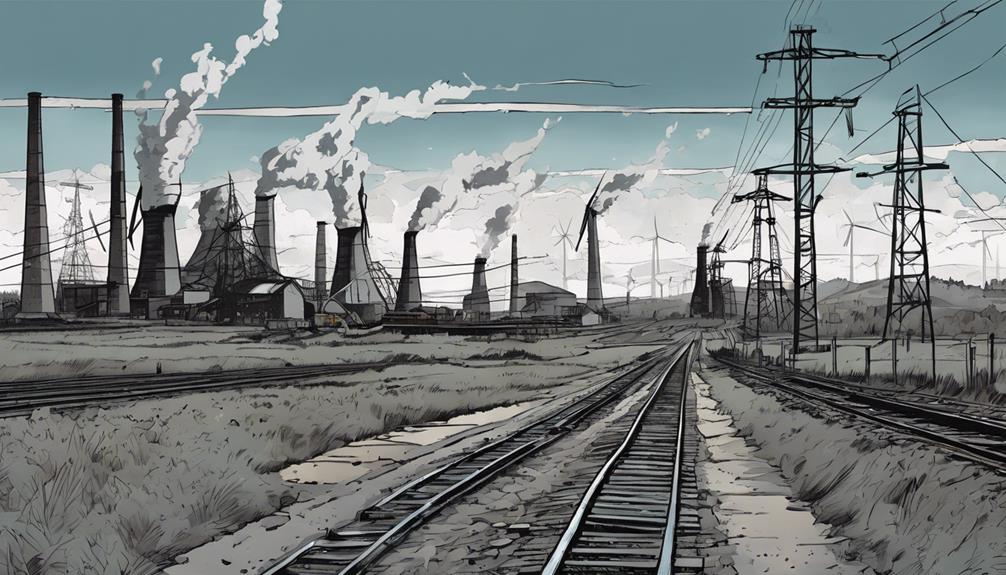
As the wind energy industry continues to grapple with the environmental consequences of coal usage, a closer examination of the economic implications of this reliance is also necessary to ensure a truly sustainable future. The significant amount of coal consumed during wind turbine production has substantial economic implications.
The extraction, transportation, and utilization of coal incur considerable costs, which are often passed on to consumers. Moreover, the environmental degradation and health impacts associated with coal mining and combustion can lead to additional economic burdens.
It is essential to take into account these economic implications and explore alternative materials and energy sources to reduce the industry's reliance on coal, ultimately making wind energy a more cost-effective and sustainable option.
Frequently Asked Questions
How Does Coal Consumption in Wind Turbine Production Affect Global Carbon Emissions?
Coal consumption in wind turbine production substantially contributes to global carbon emissions, as coal combustion releases large amounts of carbon dioxide, a greenhouse gas, offsetting some of the environmental benefits of wind energy.
What Percentage of Wind Turbines Are Manufactured Using Coal-Powered Energy Sources?
A significant majority, approximately 70-80%, of wind turbines are manufactured using coal-powered energy sources, highlighting the industry's reliance on coal and the need for alternative, sustainable production methods.
Are There Any Government Regulations on Coal Usage in Wind Turbine Production?
While there are no specific regulations on coal usage in wind turbine production, governments have implemented broader policies to reduce carbon emissions and promote sustainable practices in the manufacturing sector.
Can Wind Turbines Be Produced Without Steel, Reducing Coal Consumption Entirely?
'Imagine a steel-free wind turbine, a beacon of sustainability. While theoretically possible, current technology limitations and material alternatives' inefficiencies make it challenging to eliminate steel, and hence coal, from the production process entirely.'
How Does the Cost of Coal Impact the Overall Price of Wind Turbines?
The cost of coal greatly influences the overall price of wind turbines, as it is a primary energy source for producing steel, concrete, and other essential components, thereby affecting the turbine's final cost.
How does coal play a role in the production of wind turbines?
Coal plays a crucial role in the production of wind turbines through the manufacturing process. The indirect solar energy explained is that coal is used to generate electricity for the production of steel and other materials used in wind turbine construction. This shows how different energy sources are interconnected in various industries.
Conclusion
As the world navigates the complexities of shifting to renewable energy, the entwined relationship between coal and wind turbine production remains a pivotal concern.
The irony of harnessing clean energy through coal-tainted means is a Gordian knot, highlighting the need for innovative solutions to unravel this paradox.
Like a master weaver, the industry must carefully thread together alternative materials and energy sources to create a sustainable tapestry, free from the darker hues of coal's environmental and economic costs.




